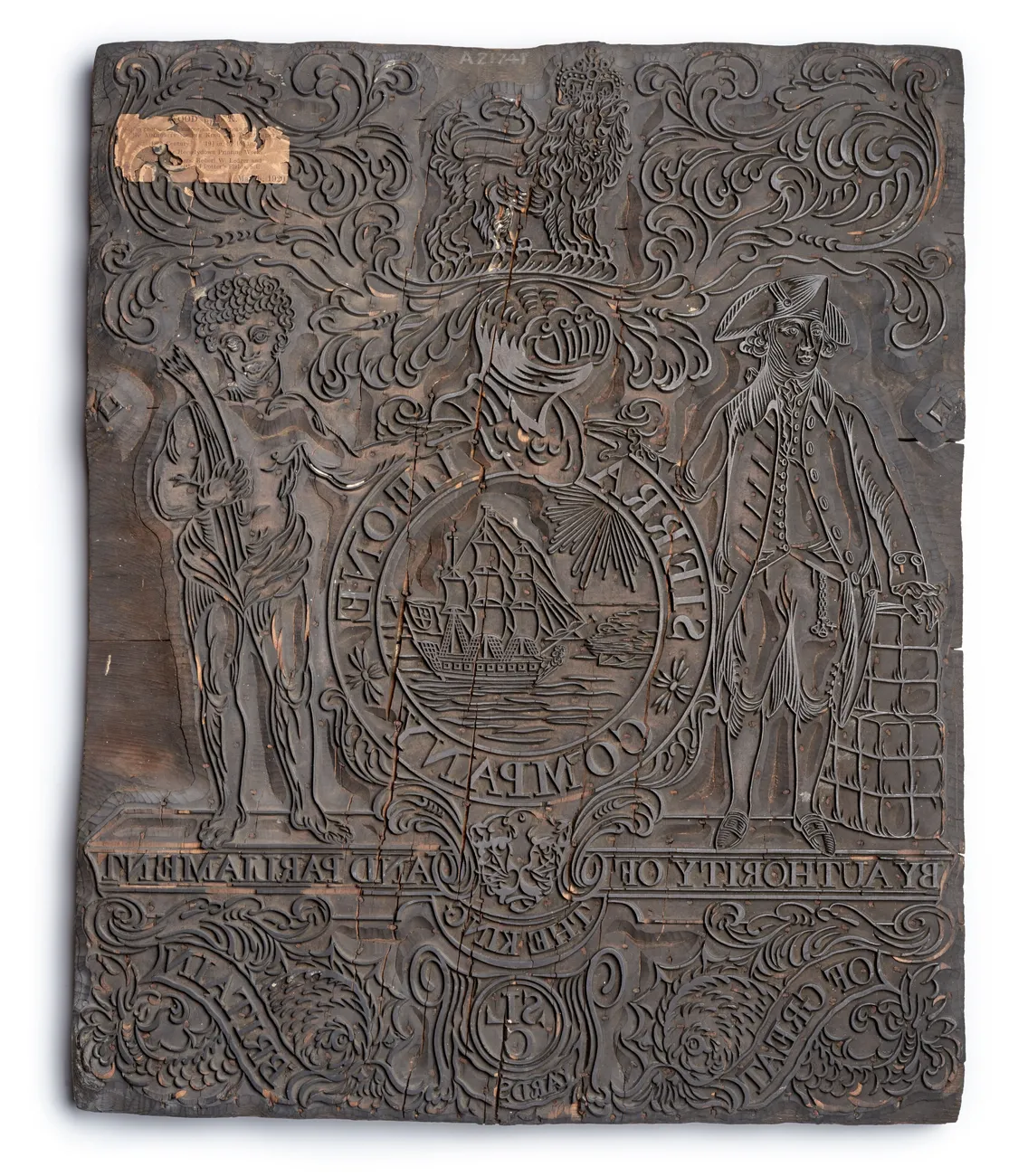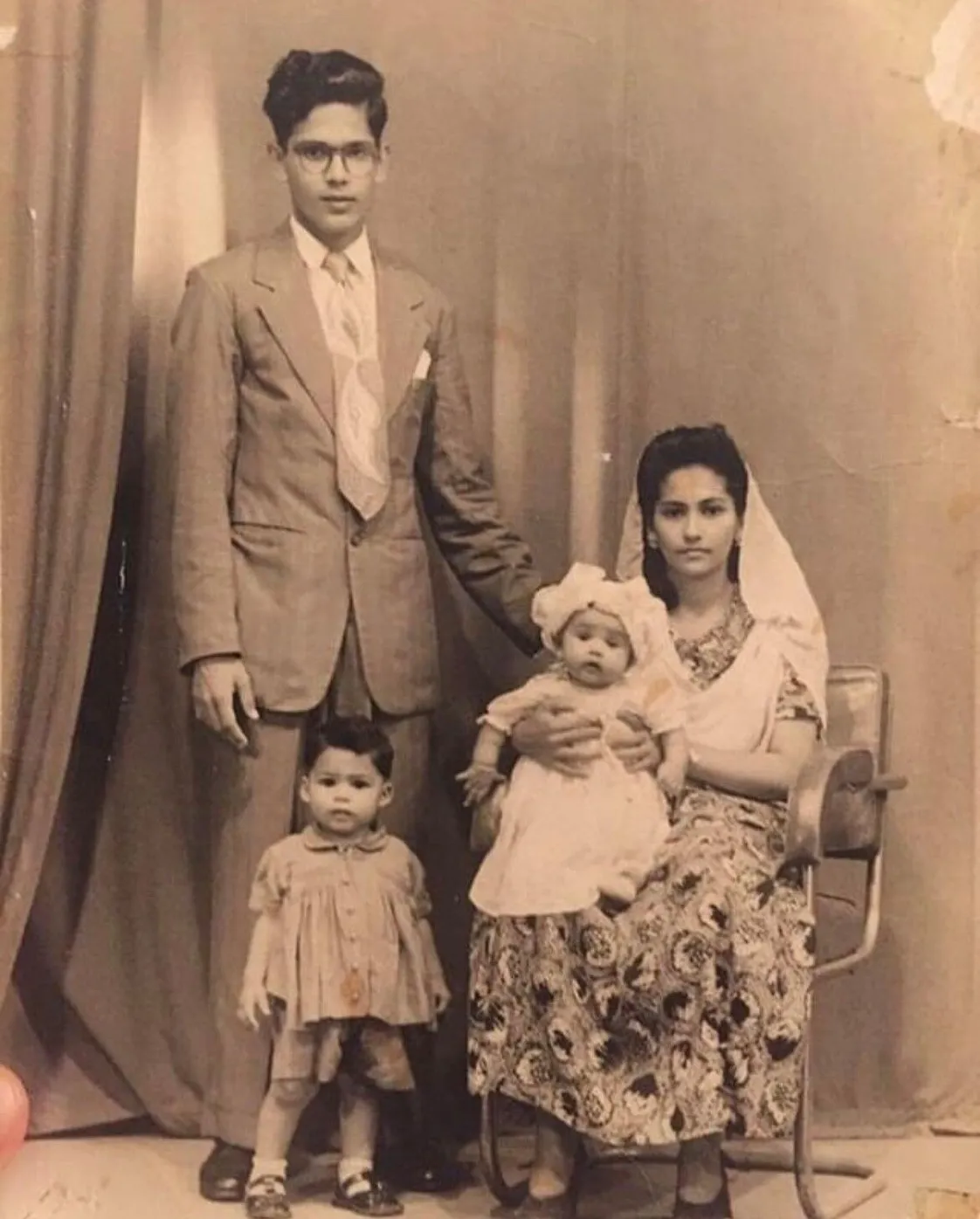26 September 2019 — By Iyamide Thomas, Melissa Bennett
Who are the Krios of Sierra Leone?
Krios are people who have descended from previously enslaved people who settled in Sierra Leone from 1787 to the late 19th century. London Museum Curator Melissa Bennett and historical researcher Iyamide Thomas tell us more about the unique Krio culture.
An introduction to Krio culture
Melissa Bennett: The Krios are an ethnic group living in Sierra Leone, with a diaspora around the world, including London. Krios (sometimes spelled Creoles) have a distinctive language and cultural traditions, reflecting that today’s Krios are the descendants of different groups of formerly enslaved people:
- Black Londoners who were re-settled to Sierra Leone in the 18th century
- ‘Maroons’, free black inhabitants of Jamaica who had fought against the British
- ‘Black loyalists’, freed slaves who had fought for the British during the American Revolution
- Africans who were liberated from illegal trans-Atlantic slave ships by the Royal Navy
These four groups, settled by the British around the newly created ‘Province of Freedom’ from 1787 onwards, came together to create a unique society. The first settlement of freed slaves arrived by ship from Portsmouth and established Granville Town (now Freetown), named after Granville Sharp who together with William Wilberforce had devoted his life to abolishing the slave trade in England.
Over the decades, Krios came from London, Nova Scotia and the coast of Africa. Some had fought for Britain in America, others had rebelled against the British in Jamaica. Now, Krios make up around 2% of the population in Sierra Leone, and a majority of the people speak the Krio language, which is based on English and a combination of several African languages.

Detail from ‘Plan of the Colony of Sierra Leone’, 1825.
Krios – an amalgamation of cultures
Iyamide Thomas: The Krio people had very little to unite them, not even a language in common. They were all put into this melting pot of Freetown, and told to get on with it – which for the most part they did. It’s extraordinary there weren’t more disputes.
I’m Krio, and I’ve been involved in heritage groups since 2011. In 2016, a small group of us created TheKrios.com to help educate and provide a resource for people interested in Krio history and heritage. It’s fascinating how closely interlinked the Krio culture is with British history – from the slave trade, to abolition and resettlement in the ‘Province of Freedom’.
Setting the Krio record straight
Iyamide: A lot of people have heard of Sierra Leone, but in a very negative light – they’ve either heard of the ebola disease or the civil war. It’s important for people to see Sierra Leone with another perspective. That’s the unique history and culture of the Krios.
Not many know of the notable Krios through history. These are people who excelled in fields from medicine to theatre – several of them the direct descendants of Liberated Africans. People like Samuel Crowther, the first African bishop of the Anglican Church in 1864. Born in Nigeria, he had been kidnapped and enslaved before being freed by a British warship and taken to Freetown. These are people who are really caught up in the legacy of slavery. We recognise our culture came out of that wicked thing, but in Sierra Leone, it managed to create some good from bad.
Take the example of John Henry Smythe, one of the first Black airmen in the RAF, who was then given charge of the historic voyage of the SS Windrush. He was born in Freetown.
In 2019, London Museum Docklands opened a temporary display ‘The Krios’. This is an edited excerpt of an interview with the curators of the display, originally published on 26 September 2019.
Exploring the Krio collection at the museum
Melissa: While the Krios are strongly connected to the legacy of the British trade in enslaved Africans, they also have a deep link to east London, where London Museum Docklands is located.
There are a surprising number of objects in the museum’s collection that relate to the Krio people, and the history of Sierra Leone when it was a British colony.
They range from the simple: a wooden block that bears the crest of the Sierra Leone Company, a British organisation that founded the first colony in Sierra Leone in 1792. It was used to stamp the coarse tillet cloth that was the main export. Then there’s the dramatic: like a magnificent silver dish that was a gift to Thomas Cole. He was the Superintendent of Liberated Africans, so he was in charge of sorting out where the people newly freed from enslavement would end up.
Iyamide: When first saw this dish, I thought it was beautiful, but as I learned more about the Liberated Africans I started to wonder why he’d been given this? Why were they glorifying him, given how the Liberated Africans were sometimes treated?
Who were the Liberated Africans?
Melissa: They were one of the largest groups of people who made up the Krio population. After the abolition of the slave trade in 1807, the British began to patrol the Atlantic Ocean to try and stop the traffic in enslaved Africans. When the Royal Navy captured an illegal slave ship, they would bring the vessel and the enslaved people aboard back to Freetown.
Then the British would try to recruit these newly liberated people. They wanted them to sign up as soldiers in the West India regiments, or as apprentices for much-needed jobs in the colony.
Was it a transition from one slavery into another?
Melissa: I wouldn’t go that far – but apprentices would be bound for up to 14 years, and they often didn’t know the terms of their contract. These enslaved people would be held in a huge yard in Freetown and military and apprenticeship recruiters would come in, with African interpreters, and try to trick or coerce them into joining up for service which they didn’t understand. It’s the darker side of ‘Freetown’.
But alongside these painful histories, there are also examples of a thriving Krio diaspora that needs to be remembered.
Architectural and linguistic legacies
Iyamide: For instance, you have these ‘Bod Os’ – you don’t see them anywhere else in West Africa. These are colourful, sometimes two-storey wooden houses, which are very similar to the houses you see on the east coast of America. This is the legacy of the Nova Scotian connection of enslaved people who fought for the British against the American revolutionaries. They were promised their freedom, but after the British lost the war, they moved these ‘Black Loyalists’ to Nova Scotia, in Canada.
Melissa: They didn’t like it much, and one of their number, Thomas Peters, travelled to London to ask for resettlement for his people. So they were sent to Sierra Leone, to reinforce the struggling colony there. They took the design of the ‘Bod Os’ with them.
Iyamide: Another important object is a bible in the Krio language, which is still the main language spoken in Sierra Leone today. It’s a mix of all the different influences of Krio culture, including European traders who came to deal on the African coast, such as the Portuguese and French. There’s also a lot of Yoruba. The largest ethnic group among the Liberated Africans were Yoruba – my name is Yoruba, so you have Krios with African names and European names. You see the same fusion in our traditional clothes.
Traditional Krio dress: A symbol of heritage

Iyamide being measured by London Museum staff to create a specially fitted mount for the traditional Krio dress, on the left.
Melissa: The traditional Krios dress is my favourite object (in the display) because it’s bright and colourful and illustrates the mixing of all these different cultures in a really visual way.
Iyamide: The dress – my sister-in-law made it in Freetown, especially to go on display in the museum. It’s a little old-fashioned, so I don’t usually wear this version of the costume. But with the resurgence of groups promoting Krio culture, you have the younger people starting to wear them. You can see how it mixes the Victorian influences with colourful African fabrics and little touches from America and Jamaica. It's like the story of the Krios in fabric.
Melissa Bennett (Curator, London Museum) and Iyamide Thomas (Historical Researcher, TheKrios.com) co-curated the 2019 –2020 display ‘The Krios’ at London Museum Docklands.











